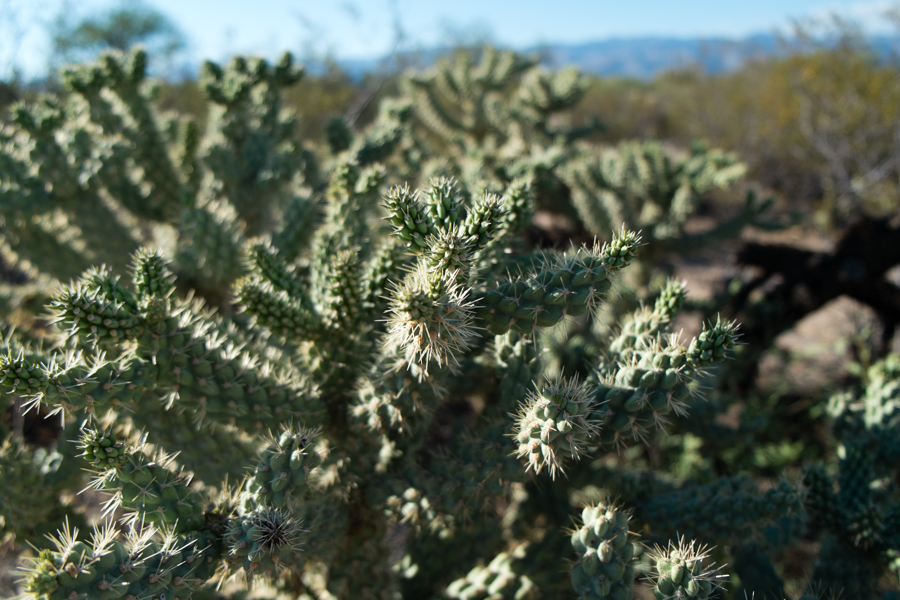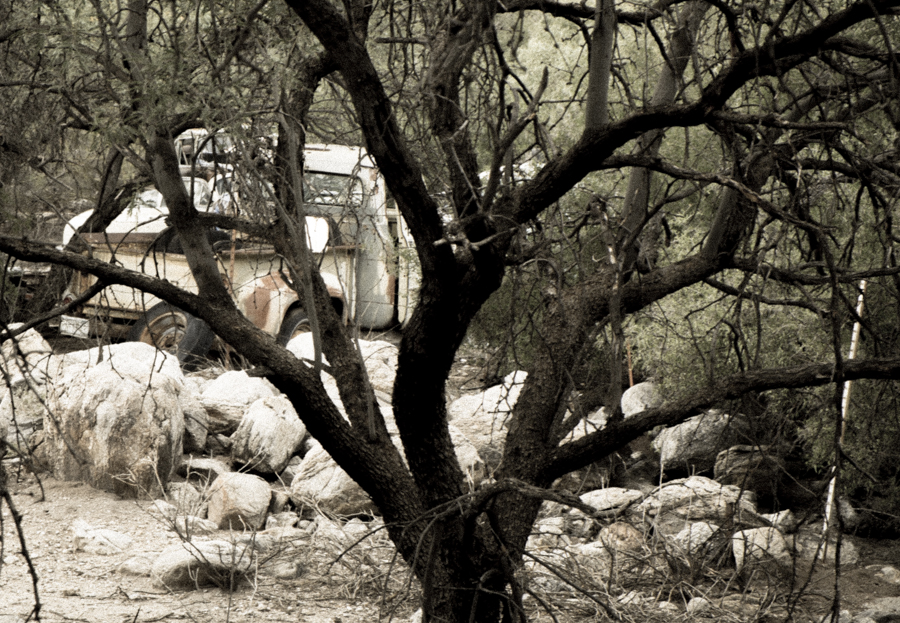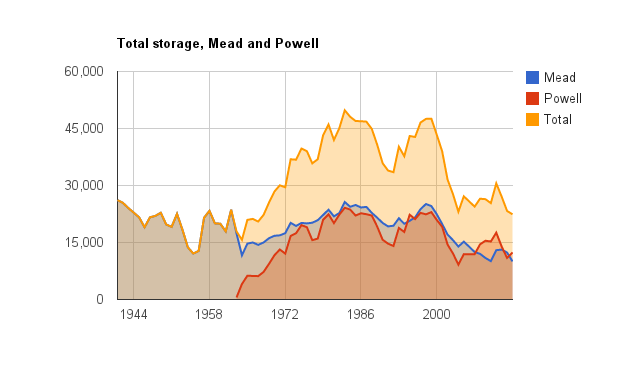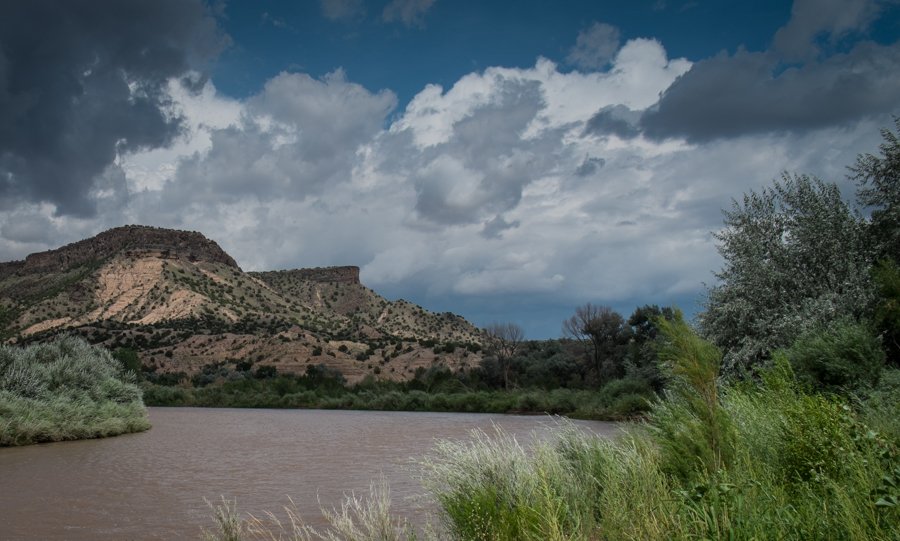The Bureau of Reclamation this evening sent out its official public announcement of the Colorado River System Conservation Program.
The program has been simmering for months (see here, here and here for previous public discussions), but this evening’s announcement marks the final signing of the deal by federal officials. The program is a partnership of the basin’s four largest municipal water agencies – the Metropolitan Water District of Southern California, the Central Arizona Project, Denver Water and the Southern Nevada Water Authority – and the U.S. Bureau of Reclamation. From the formal announcement:
Central Arizona Project, Denver Water, The Metropolitan Water District of Southern California and Southern Nevada Water Authority are partnering with the U.S. Bureau of Reclamation to contribute $11 million to fund pilot Colorado River water conservation projects. The projects will demonstrate the viability of cooperative, voluntary compensated measures for reducing water demand in a variety of areas, including agricultural, municipal and industrial uses.
This is a small but very significant step forward. Previous conservation efforts were funded by an individual water agency, with water conserved banked in reservoir storage for later use by that agency. In this program, the water conserved will simply become “system water” for the benefit of all.
Significantly, the announcement says pilot programs will be conducted in 2015 and 2016. (I had been hearing water managers talk about the possibility of getting something underway this year, but it looks like July 31 is too late for that.)
Also, there’s some nuance here about who will built the institutional widgets to carry this out. In the Lower Basin, it will be the Bureau. In the Upper Basin, it will be some sort of state-managed effort that I don’t fully understand. There’s apparently been a lot of sensitivity on the question of who’s driving this bus in the Upper Basin:
In order to ensure that local concerns are addressed, and that there is equity and fairness among all parties, in the Lower Colorado River Basin, the Bureau of Reclamation will manage the conservation actions in Arizona, California and Nevada in a manner consistent with past programs, while in the Upper Basin, the Upper Basin states of Colorado, New Mexico, Utah and Wyoming, and the Upper Colorado River Commission will have a direct role in program efforts.
I don’t have a copy of the full agreement yet. I’ll post more when I have more details. I can’t find a copy of the full news release on the web yet, so I’m posting it below the fold:
Continue reading ‘Colorado River System Conservation Program gets formal green light’ »




